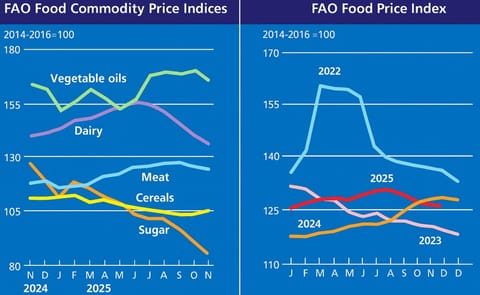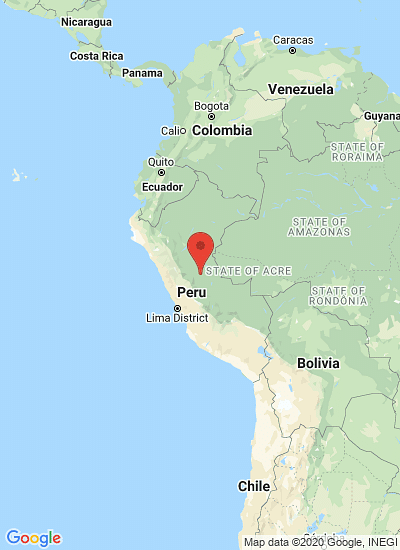Climate Change is adversely impacting potato farming in Peru’s Andes, according to recent findings at the International Potato Center (CIP).
More than 10 years of Geographic Information System (GIS) mapping reveal that farmers have ascended the Andes 150 meters during the past 30 years to escape agricultural diseases and pests due to increased temperatures.
A CIP study surveyed potato farmers in Peru’s Andes at altitudes averaging 3,500 meters in 21 communities that rely on subsistence farming of potatoes. In 1997, CIP scientists set out to map potato biodiversity through a detailed GIS survey that also relied on the participation of local farmers in Peru’s highlands. Farmers were given high resolution satellite images of their communal plots and asked to map out where and what they planted over the years. The objective of the study was to catalog potato biodiversity. The negative effect of Climate Change on potatoes in the Andes was a surprise finding.
“A rise of 150 meters in altitude is a significant shift at 3000 or 4,000 meters,” noted Juarez. “The bad news is that in another 30 years there will be no higher ground to escape to,” says Henry Juárez, agronomist at CIP and researcher of the study entitled “Participative mapping for the evaluation of potato diversity in the Andes.”
The potato is the third most consumed food crop in the world, with annual production approaching 300 million tons. CIP maintains the world's largest bank of potato germplasm, including samples of nearly 4,000 traditional Andean potato varieties.
Genetic diversity is important, as it can be exploited in breeding programs to combine potato lines that are resistant to pests and disease. A plague can wipe out a whole year’s production, while bacteria, virus or pests can remain active in the soil for several years.
Traditionally, vulnerability to pests and disease has been addressed by diversifying risk. Ancestral farming practices in the Andes basically follow the “don’t put all your eggs in one basket” credo by planting a diverse range of potato species across numerous plots spread out over a wide area. In addition, they rotate land use for 8 years to let the soil regenerate and to ensure that any bacteria, virus or pests has died out.
Newer farming practices that favor monoculture are dependent on the use of pesticides and chemicals to stave off plagues. Along with human health risks associated with the use of these products, bacteria, virus and pests develop resistance to chemicals and pesticides over time. Also new strains develop periodically. These risks underscore the importance of conserving a diverse pool of potato varieties that may hold natural resistances in their genes.
Of the thousands of traditional potato varieties that grow in the Andean highlands, however, only a handful reach the markets in Lima, and almost none are known abroad. Markets demand potatoes that are practical to peel, chop and fry. For this reason, potato diversity is threatened – a trend, that applies to most commercial crops.
But the study’s good news is that the preference for a diverse range of native potatoes remains among Andean farmers – and consumer demand for native potatoes is growing in urban areas, too.
The smallholder farmers surveyed in CIP’s study planted an average of 250 potato species each season. This means that a diverse “in situ” genebank is widely available in the Peruvian highlands for scientist to research gene resistance to address the impeding impacts on agriculture due to climate change. Before the study, scientist had no idea how much biodiversity was out there. Now it is catalogued and mapped with precision – literally to every square meter of land in a parcel.
“Regarding climate change, the question now isn’t about ‘when’ we’ll be affected – as you can see from this study it’s already happening. The new question is ‘how -- how can we adapt to the effects of climate change?’” notes Juarez.
“Fortunately with maps like these we’ll be better prepared to adapt,” he concludes.
Source: International Potato Center
Climate change moves Andes potato farmers 150 m up the mountains

Like to receive news like this by email? Join and Subscribe!
Get the latest potato industry news straight to your WhatsApp. Join the PotatoPro WhatsApp Community!
Highlighted Company
Sponsored Content
Sponsored Content
Sponsored Content
Sponsored Content









